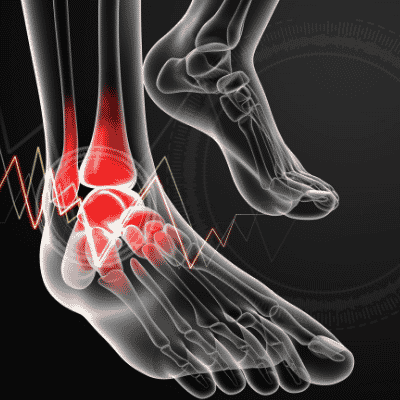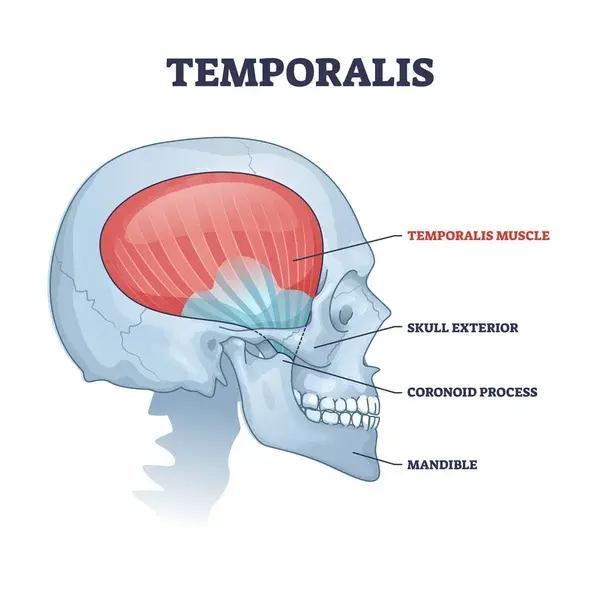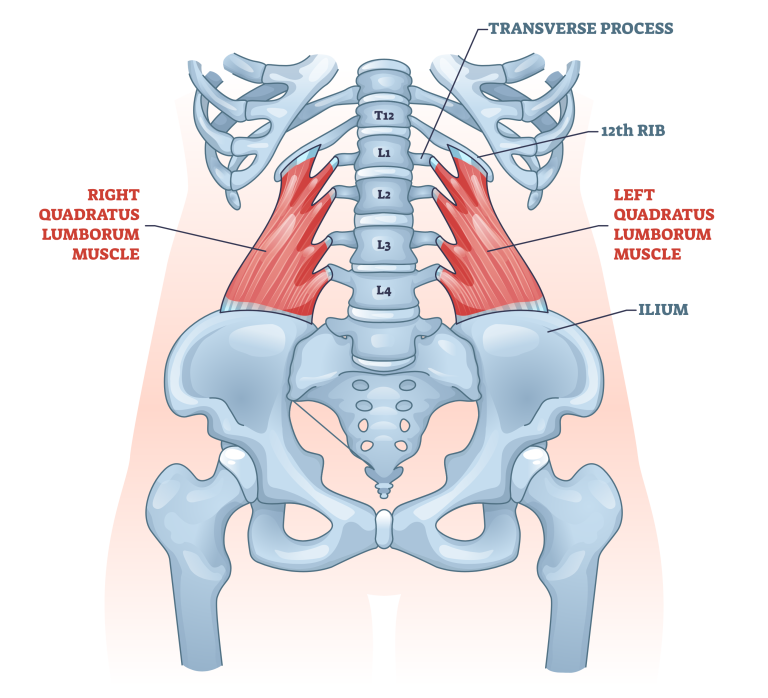Anterior Ankle Pain (Pain on the front of Ankle)
What is an Anterior Ankle Pain?
Anterior ankle pain, often referred to as pain on the front of the ankle, is a common orthopedic complaint that can affect individuals of all ages and activity levels. This type of pain typically originates from structures in the front of the ankle joint, such as ligaments, tendons, or bones, and can result from various causes, including injuries, overuse, or underlying medical conditions.
Understanding the underlying factors contributing to anterior ankle pain is crucial for accurate diagnosis and effective management. In this introduction, we will provide an overview of the potential causes, symptoms, and diagnostic considerations related to anterior ankle pain, setting the stage for a comprehensive exploration of this condition.
Ankle impingement and high ankle sprains are examples of injuries with sudden onset (acute) onset. Tibialis anterior tendinopathy is a typical cause of gradually developing anterior ankle pain.
Causes of Anterior Ankle Pain
Anterior ankle pain is a pain in the front of the ankle joint.
It can be caused by:
- Ankle sprain: This is a common injury that occurs when the ligaments that support the ankle are stretched or torn. Ankle sprains can happen when you roll your ankle or twist it.
- Anterior ankle impingement: This is a condition where the soft tissues or bones at the front of the ankle joint rub together, causing pain. It is often caused by repeated dorsiflexion (bending the foot up towards the shin) or by an ankle sprain that has not healed properly.
- Tibialis anterior tendinopathy: This is a condition where the tendon that attaches the tibialis anterior muscle to the bone at the front of the ankle becomes inflamed or injured.
- A bone spur: A bone spur is a growth of bone that can develop at the front of the ankle joint. It can cause pain and inflammation.
- Arthritis: It is a condition that causes pain and inflammation of the joints. It can also affect an ankle joint.
- Ankle Instability: Chronic ankle instability, which frequently results from prior injuries or lax ligaments, can aggravate existing ankle pain and discomfort.
- Infections and Inflammatory Conditions: The front of the ankle might hurt and swell as a result of infections or inflammatory disorders that damage the ankle joint or surrounding structures.
Symptoms of Anterior Ankle Pain
The symptoms of anterior ankle pain can vary depending on the underlying cause. However, some common symptoms include:
- Pain in the front of the ankle, especially when dorsiflexing the foot
- Swelling and redness around the ankle
- Tenderness to the touch
- Difficulty walking or running
- Ankle Stiffness
- Muscle Weakness
Differential Diagnosis
The differential diagnosis for anterior ankle pain involves considering various potential underlying causes and conditions that may present with similar symptoms.
Here is a list of conditions that may be included in the differential diagnosis for anterior ankle pain:
- Ankle Sprain: Ligamentous sprains of the anterior talofibular ligament (ATFL) and calcaneofibular ligament (CFL) are common and often present with pain and swelling in the front of the ankle.
- Tendonitis: Inflammation of the tendons in the front of the ankle, such as anterior tibialis tendonitis, can mimic the symptoms of anterior ankle pain.
- Stress Fractures: Tiny fractures in the bones of the ankle, especially the tibia or talus, can cause localized pain in the front of the ankle.
- Arthritis: Osteoarthritis or rheumatoid arthritis affecting the ankle joint can result in pain and swelling in the anterior aspect of the ankle.
- Impingement Syndrome: Anterior ankle impingement, caused by bone spurs or soft tissue overgrowth, can lead to pain during dorsiflexion.
- Tarsal Tunnel Syndrome: Nerve compression in the tarsal tunnel can produce symptoms similar to anterior ankle pain.
- Overuse Injuries: Repetitive stress or overuse of the ankle joint can result in various conditions, such as tendinopathy or stress reactions.
- Ankle Instability: Chronic instability of the ankle joint, often due to previous injuries, can lead to recurrent pain in the front of the ankle.
- Gout: Gout can affect the ankle joint and cause sudden, intense pain, often accompanied by redness and swelling.
- Bone Cysts or Tumors: Rarely, benign or malignant growths within the ankle bones can cause pain and discomfort.
Diagnosis
The diagnosis of anterior ankle pain involves a comprehensive evaluation by a healthcare professional to identify the underlying cause of the pain. Here is an overview of the diagnostic process for anterior ankle pain:
Medical History:
The medical professional will start by getting a thorough medical history, which will include details on the beginning of the pain, any incidents or injuries that may have caused it, the length and progression of the symptoms, and any relevant medical conditions or drugs.
Physical Examination:
The range of motion, stability, discomfort, and presence of any edema, redness, or deformity in the ankle joint will all be evaluated physically. The front of the ankle and its surroundings will receive particular focus.
Clinical Examination Tests:
To assess specific aspects of ankle function and stability, a variety of clinical tests may be carried out. Assessments of ligament stability, tendon function, and nerve function are some of the tests that can be performed.
Imaging Studies:
Imaging studies are frequently essential for determining the origin of anterior ankle pain. Typical imaging techniques include:
- X-Ray
- Magnetic Resonance Imaging (MRI)
- Ultrasound
- CT Scan
Electromyography (EMG) or nerve conduction investigations may be used to evaluate nerve function and spot possible problems in situations when nerve compression or dysfunction is suspected.
Laboratory Tests: Blood tests may be prescribed to rule out any inflammatory disorders, infections, or systemic conditions that may be causing the anterior ankle pain.
Diagnostic Injections: If a specific structure is suspected as the source of the pain, diagnostic injections of local anesthetics may be performed to temporarily ease the pain and identify the location.
Because anterior ankle pain can be caused by a variety of diseases and traumas, determining the reason can be difficult. Finding the precise reason frequently necessitates a multidisciplinary strategy and thorough examination of all clinical and imaging results. Once a diagnosis has been made, a treatment strategy can be determined by the healthcare professional that is appropriate for the patient’s condition and may involve conservative measures, physical therapy, medication, or, in some situations, surgical intervention. Effective management and ideal results depend on early and precise diagnosis.
Treatment of Anterior Ankle Pain
The treatment of anterior ankle pain depends on the underlying cause, the severity of symptoms, and individual factors such as age, activity level, and overall health.
The following are some typical methods for treating anterior ankle pain:
- Rest: The first line of treatment for anterior ankle discomfort, regardless of the underlying etiology, is frequently rest. The injured area can heal by reducing weight-bearing activities and avoiding motions that make the pain worse.
- Ice: Putting ice on the front of the ankle can aid with pain relief and edema reduction. Ice should be applied with a cloth or towel for 15-20 minutes at a time to protect the skin.
- Compression: Applying pressure to the wounded region with a brace or elastic bandage helps reduce swelling and gives the area support. Avoid wrapping too tightly since this can limit blood flow.
- Elevation: When at rest, elevating the injured ankle above the level of the heart can assist in lessening swelling.
- Medication: Prescription or over-the-counter drugs may be advised depending on the type and degree of pain:
- NSAIDs: These medications can help lessen pain and inflammation.
- Physical Therapy: When treating conditions requiring soft tissue injuries, muscle weakness, or joint instability, physical therapy is frequently an essential part of the protocol. To increase strength, flexibility, and range of motion, therapists can create customized exercises and rehabilitation programs.
- Orthotics: Custom or off-the-shelf shoe inserts and orthotic devices can support the arch of the foot and address biomechanical problems that are the cause of discomfort.
- Bracing or splinting may be recommended in some circumstances to stabilize the ankle and prevent mobility while the injury heals.
- Corticosteroid Injections: Corticosteroid injections may be considered to reduce inflammation and relieve pain in cases of severe inflammation, such as tendonitis or bursitis.
- Surgery may be necessary for injuries that need to be repaired surgically, such as significant ligament rips, fractures, or joint instability, as well as for disorders that do not respond to conservative therapy.
- Activity Modification: To prevent repeat injuries and advance healing, patients may need to adjust their hobbies or sports.
- Weight management: Keeping a healthy body weight helps lessen the strain on the ankle joint and reduce the likelihood that certain diseases will return.
How to Prevent Anterior Ankle Pain?
By adopting proactive steps to lower the risk of injury and preserve the stability and health of the ankle joint, anterior ankle pain can be avoided. Here are some methods to lessen the likelihood of anterior ankle pain:
- Wear supportive, well-fitting shoes that are suited for your level of exercise and foot type. To guarantee optimum cushioning and support, replace worn-out footwear.
- Warm-up and Stretching: Perform a suitable warm-up and stretching program before participating in physical activities to prepare the ankle and surrounding muscles. Stretch your calf and Achilles tendon.
- Strengthen Ankle Muscles: To increase stability and lower the chance of injury, include exercises that strengthen the ankles in your fitness regimen. Exercises with resistance bands and ankle circles can be helpful.
- Include balance and proprioception exercises in your training to increase joint awareness and boost stability. Utilizing balance boards or one-legged standing can be beneficial.
- Technique: To reduce the chance of sprains and strains, make sure you are employing good form and technique while participating in sports and other activities.
- Gradual Progression: To give your body time to adjust to the demands placed on it, gradually increase the intensity and length of your physical activity.
- Terrain Awareness: Pay attention to the terrain you are jogging or walking on particularly any uneven ground. To prevent falling or twisting your ankle, pay close attention to where you step.
- Provide your body with enough rest between strenuous activities to prevent overuse problems. When it’s time to rest, pay attention to your body.
- Orthotics: You may want to use orthotic devices or specially constructed shoe inserts to assist your feet and ankles if you have problems with your foot arches or your gait.
- Weight control: Keeping a healthy body weight will lessen the strain on your ankle joints and reduce your risk of suffering from overuse injuries.
- Exercises like ankle circles and mobility drills can help you maintain a decent range of motion in your ankles.
When it comes to treating anterior ankle pain, keep in mind that prevention is frequently more successful than treatment. You can considerably lower your risk of suffering from pain and injury in the front of the ankle by putting these preventive measures into practice and placing an emphasis on ankle health.
Conclusion
As a result, anterior ankle pain can be an unpleasant and even debilitating condition that has a variety of underlying causes, such as injuries, overuse, illnesses, and structural problems. Since the approach to treatment differs depending on the precise source of the pain, accurate diagnosis is essential for successful treatment.
The possibility of anterior ankle pain can be significantly decreased by taking preventative steps including wearing the right shoes, warming up, doing strength training, and being aware of the terrain. These techniques encourage joint health overall and ankle stability, assisting in avoiding injuries and discomfort.
In order to recover and get pain relief, those who are already experiencing anterior ankle pain should promptly seek medical attention, follow any recommended therapies, and participate in a rehabilitation program. The course of treatment can be adapted to the demands and conditions of the patient, whether it be by rest, physical therapy, bracing, or surgical intervention.
In the end, putting ankle health first and taking preventive action is crucial to lowering the possibility of anterior ankle pain and the difficulties it brings. Taking preventative measures to care for one’s ankles can improve overall health and preserve the mobility required for an active and rewarding lifestyle.








3 Comments